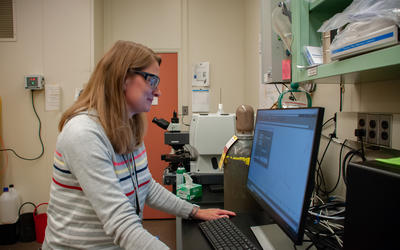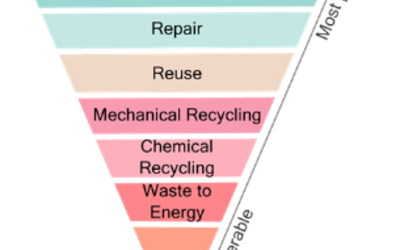NIST’s role in energy and environment is as broad and varied as the space itself, but is unique in the government. As a non-regulatory agency, NIST provides a solid foundation of measurement assurance that enables innovation and supports commerce in energy. NIST develops new measurement techniques and disseminates reference materials and data that researchers and manufacturers rely on to develop and commercialize new energy production, distribution, and efficiency technologies. For example:
- NIST is the authoritative reference for thermal conductivity measurements of building materials such as insulation and windows—measurements necessary for improving energy efficiency of buildings.
- NIST developed and patented a device to artificially accelerate the UV weathering of materials, allowing researchers to study the effects of aging on photovoltaic systems.
- NIST also has a unique laboratory that allows researchers to develop the data and models needed to reliably manufacture vehicle components from lightweight materials.
- NIST developed the first standard for measuring solid state lighting products (for example, light emitting diodes, or LEDs). These operating conditions and measurement methods have been incorporated into NIST’s National Voluntary Laboratory Accreditation Program (NVLAP), as required for Energy Star implementation.
- NIST developed a national calibration standard for gas flow meters, which now serves as the "cash registers" for the natural gas economy.
In addition, the trust that NIST has cultivated with stakeholders in industry, government, and academia as an unbiased technical expert enables NIST to convene these groups to develop paths forward for technology and commerce. This convening role is particularly useful in energy and environment, where the stakeholders are incredibly diverse. NIST has been trusted to convene stakeholders to develop a Community Resilience Planning Guide and the Framework and Road Map for Smart Grid Interoperability.
News and Updates
Stay in Touch
Sign up for our newsletter to stay up to date with the latest research, trends, and news for Energy & Environment.




